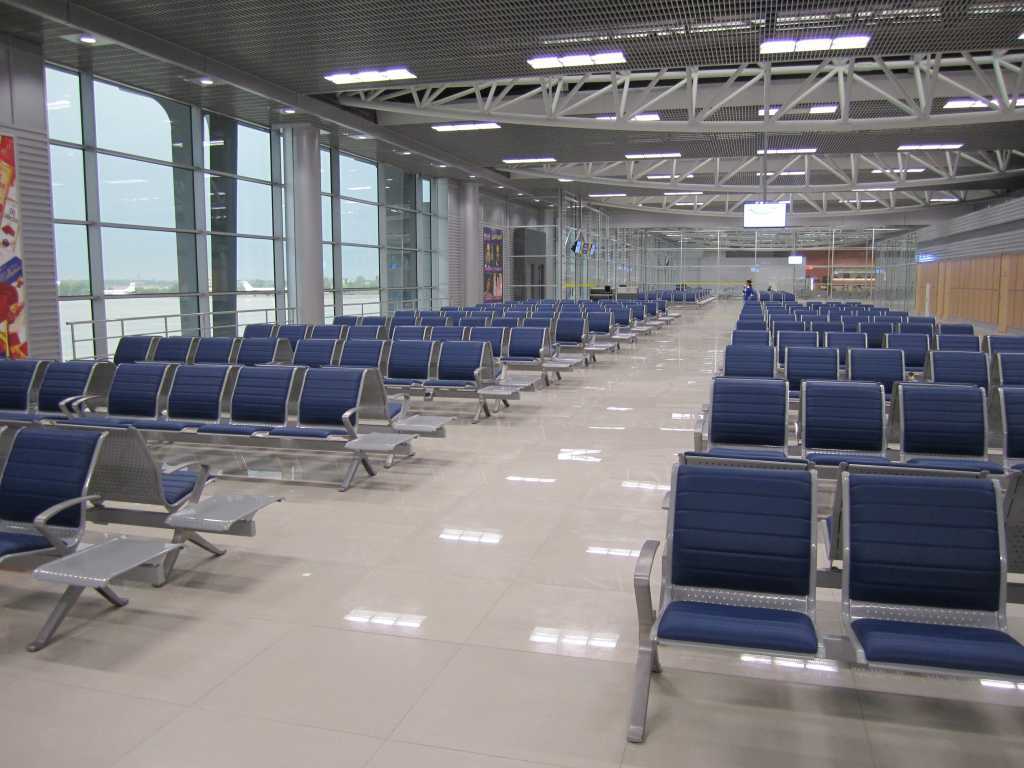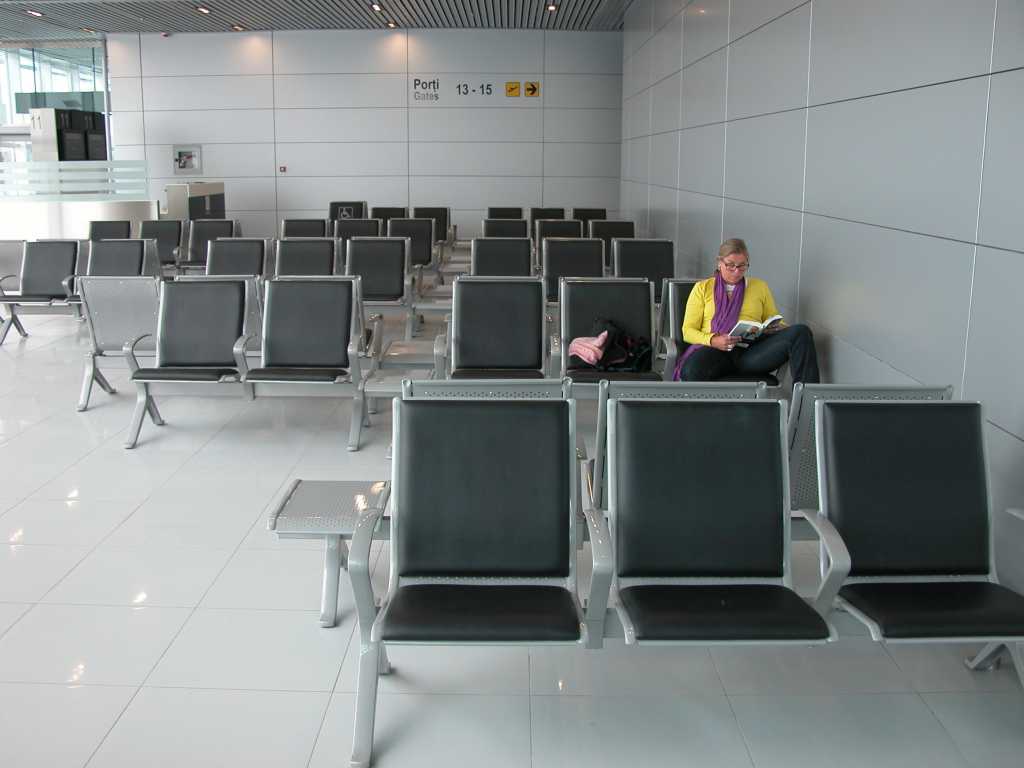1. Humanized design: From “make do” to “refined”
The core advantage of the smart three-seater airport lounge chair lies in its ability to precisely match passenger needs. Taking Shenzhen Bao’an Airport as an example, the new seats feature an ergonomically designed slight tilt to prevent physical contact between passengers. Each seat is independently equipped with a USB + wireless charging module and an integrated smart screen displaying flight information, so passengers do not need to frequently look up at the large screen. Surveys indicate that such designs have increased passenger satisfaction by 34%, particularly among business travelers and families.
2. Energy Loop: The “Micro Power Plant” of the Waiting Area
Cutting-edge design transforms three-person waiting area seats into energy nodes. In a pilot project at Amsterdam Schiphol Airport in the Netherlands, seat surfaces are covered with flexible solar films, and armrest energy generators convert passengers’ minor movements into electricity, with an average daily power generation sufficient to fully charge 20 smartphones. More advanced solutions even explore utilizing human body heat to regulate seat temperature and reduce reliance on air conditioning.

3. Advertising revenue: Turning seats into “golden advertising spaces”
The embedded screens on smart three-person waiting chairs are not only service interfaces but also high-value traffic entry points. By analyzing passenger waiting times and gate locations, the system can precisely push ads for food discounts, duty-free store offers, and more. A financial report from an international airport shows that the rental rate for its smart three-person ad spaces reached 92%, generating annual revenue exceeding 12 million yuan, far surpassing traditional lightbox ads.
4. Operational Maintenance Costs: From “Labor-Intensive Approach” to “AI-Driven Early Warning”
Damage detection for conventional three-seat waiting chairs relies on manual inspections, which are inefficient and prone to delays. The smart version uses vibration sensors combined with image recognition technology to predict faults—when screws become loose or leather damage reaches a critical threshold, the system automatically generates a maintenance work order. According to statistics from Guangzhou Baiyun International Airport in China, this technology has tripled maintenance response speed and saved over 2 million yuan in labor costs annually.
Overall, as airport competition intensifies, seating is no longer merely a temporary resting place for passengers but an extension of smart services and urban imagery. Choose smart three-seat waiting chairs.

